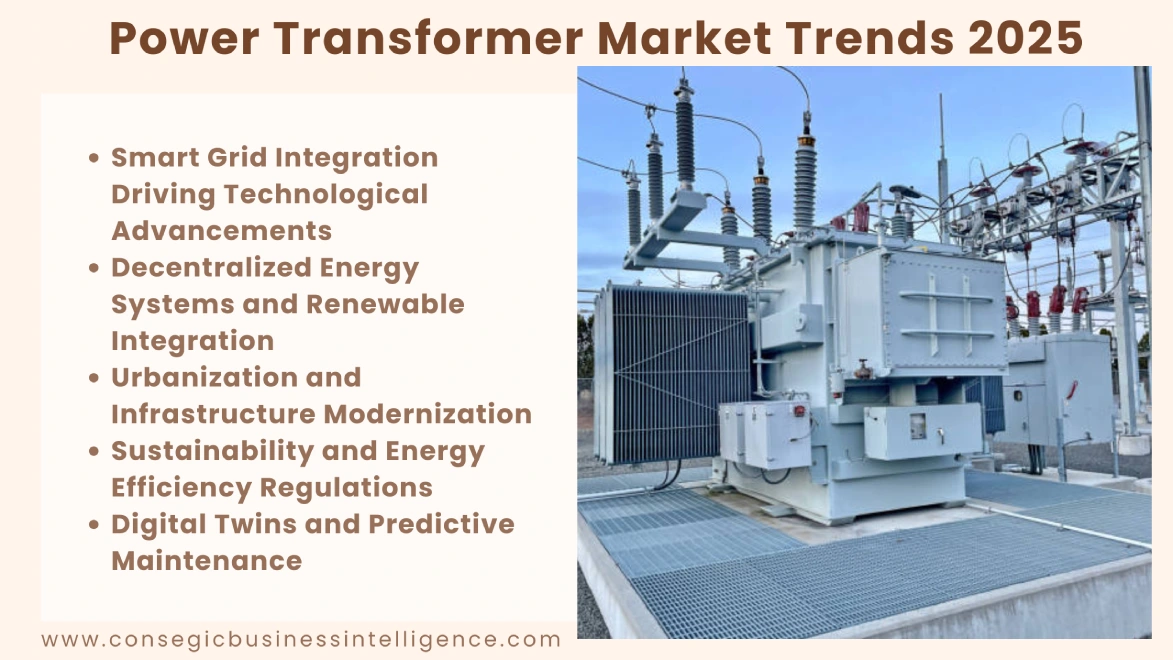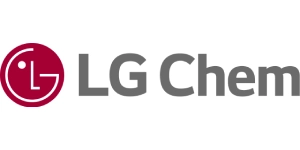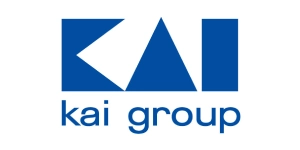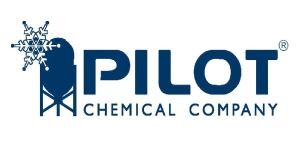Power Transformer Market Trends 2025: Meeting the Rising Energy Demand with Smart Grid Integration
Category : Automotive Services | Published Date : May 2025 | Type : Press Release
As the global population grows and energy consumption patterns evolve, the demand for efficient and reliable electricity distribution has reached unprecedented levels. Power transformers, vital components of electrical grids, are at the heart of this energy transition. In 2025, the power transformer market is witnessing significant shifts, fueled by smart grid integration, decarbonization goals, urbanization, and the expansion of renewable energy sources. This article explores the key trends driving the power transformer market in 2025 and how they are helping meet rising energy demands more sustainably and intelligently.

1. Smart Grid Integration Driving Technological Advancements
One of the most transformative trends in 2025 is the growing integration of power transformers with smart grid systems. Smart grids use digital communication and automation to improve the efficiency, reliability, and sustainability of electricity delivery. For power transformers, this means a shift from static components to digitally enabled, self-monitoring devices.
Smart transformers, equipped with sensors, IoT connectivity, and real-time monitoring capabilities, are now able to detect overloads, predict failures, and optimize energy flow based on demand patterns. This intelligence allows utilities to reduce outages, minimize maintenance costs, and ensure grid stability even with variable renewable energy input. As smart grids become the new norm globally, the demand for these advanced transformers is surging, pushing manufacturers to innovate continuously.
2. Decentralized Energy Systems and Renewable Integration
The global push toward clean and decentralized energy is another major factor influencing the power transformer market. Distributed energy resources (DERs) such as solar panels, wind turbines, and battery storage systems are increasingly being deployed at the local level. This decentralization requires more adaptable and responsive transformers to manage bi-directional power flow and fluctuating inputs.
In 2025, utility companies are investing in distribution transformers capable of handling renewable integration without compromising power quality. These modern units are designed for voltage regulation, harmonic mitigation, and load balancing. Furthermore, transformer manufacturers are focusing on compact, modular designs that can be deployed rapidly in remote or urban areas, enabling faster renewable energy rollouts and microgrid developments.
3. Urbanization and Infrastructure Modernization
Rapid urbanization, particularly in Asia, Africa, and Latin America, is placing enormous pressure on existing power infrastructure. Cities are expanding vertically and horizontally, demanding a robust, scalable electrical grid that can deliver uninterrupted power to high-density zones. Consequently, governments and private sectors are modernizing their infrastructure, including upgrading legacy transformers with more energy-efficient and space-saving models.
Amid growing real estate constraints and energy loads, compact and high-capacity power transformers are gaining traction in urban development projects. In 2025, trends show a preference for dry-type transformers in buildings, subways, and indoor applications due to their safety, low maintenance, and environmental friendliness. This modernization is not only essential for energy reliability but also for accommodating emerging technologies such as electric vehicle (EV) charging networks and smart buildings.
4. Sustainability and Energy Efficiency Regulations
Environmental concerns and government regulations are reshaping the power transformer market with a strong focus on sustainability. Regulatory bodies across Europe, North America, and parts of Asia are enforcing stricter energy efficiency standards for transformers under programs like the EU’s Ecodesign Directive and the U.S. Department of Energy’s efficiency guidelines.
In 2025, transformer manufacturers are investing heavily in eco-friendly designs using low-loss core materials, biodegradable insulating fluids, and recyclable components. Additionally, the use of amorphous metal cores is increasing due to their superior efficiency and reduced no-load losses. As climate change mitigation becomes a global imperative, energy-efficient transformers are not just a compliance necessity, they are a competitive advantage for manufacturers and utilities alike.
5. Digital Twins and Predictive Maintenance
Digital twin technology is another significant advancement influencing the power transformer market in 2025. A digital twin is a virtual replica of a physical transformer that continuously updates itself based on data from embedded sensors and historical records. This model helps utilities and asset managers simulate real-time performance, detect anomalies, and make informed maintenance decisions.
Predictive maintenance, powered by AI and machine learning, reduces unplanned outages and extends the operational life of transformers. These smart maintenance systems can identify thermal issues, insulation degradation, and oil quality changes before they escalate into failures. As grid resilience becomes a national priority in many countries, utilities are rapidly adopting digital twin-powered monitoring to maximize uptime and operational efficiency.
Conclusion
The power transformer market in 2025 is characterized by innovation, sustainability, and digital transformation. With the global focus on smart grid deployment, renewable integration, and infrastructure modernization, power transformers are evolving from passive devices into intelligent, adaptive, and eco-friendly assets. As energy demand continues to rise, the role of next-generation transformers will be pivotal in ensuring reliable power delivery, grid stability, and climate resilience. Stakeholders who embrace these emerging trends will be better positioned to lead the energy transition and shape the future of global electricity networks.












